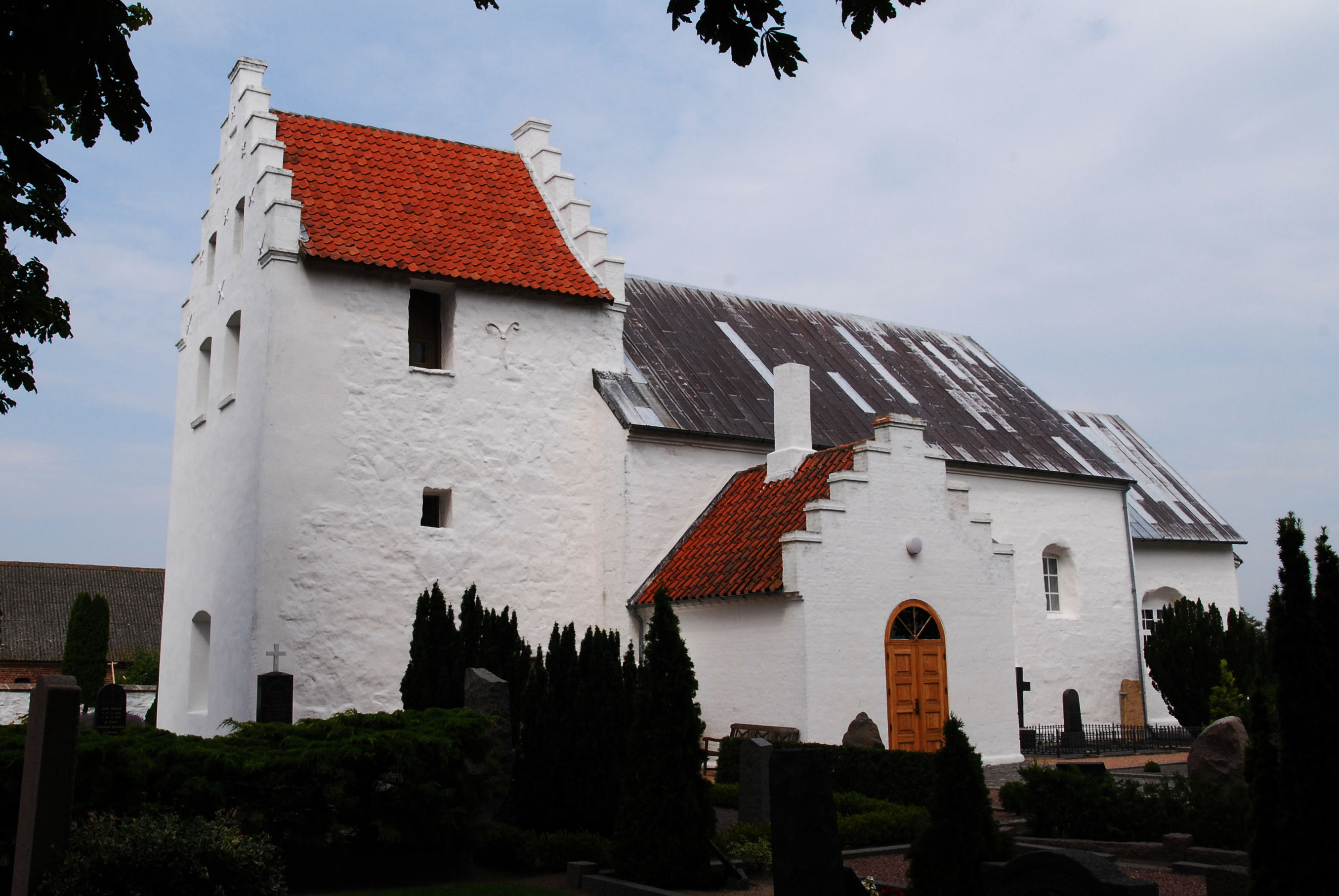Pedersker on:
[Wikipedia]
[Google]
[Amazon]
 Pedersker is a little village in the southeast of the
Pedersker is a little village in the southeast of the
 The village gets its name from St Peter's Church as ''Peders ker'' simply means "Peter's church" in Bornholm dialect. Built in the Romanesque style, the church is thought to be the oldest on Bornholm, dating from the 10th or the 11th century.
The village gets its name from St Peter's Church as ''Peders ker'' simply means "Peter's church" in Bornholm dialect. Built in the Romanesque style, the church is thought to be the oldest on Bornholm, dating from the 10th or the 11th century.
"Rispebjerg"
, Naturstyrelsen. Retrieved 2 November 2012.
 Pedersker is a little village in the southeast of the
Pedersker is a little village in the southeast of the Danish
Danish may refer to:
* Something of, from, or related to the country of Denmark
People
* A national or citizen of Denmark, also called a "Dane," see Demographics of Denmark
* Culture of Denmark
* Danish people or Danes, people with a Danish a ...
island of Bornholm, southeast of Aakirkeby and southwest of Nexø
Nexø, sometimes spelled Neksø ( sv, Nexö), is a town on the east coast of the Baltic
Baltic may refer to:
Peoples and languages
*Baltic languages, a subfamily of Indo-European languages, including Lithuanian, Latvian and extinct Old Pruss ...
. As of 2023, it has 230 inhabitants.
Description
Pedersker is a quiet Danish village surrounded by farmed fields. To the north, beyond the former railway, the Lynggårdsskoven woods are managed by the State. The populated area is mainly in a triangular section between the main road and the railway, some 64% of the houses dating to before 1950. To the south of the village, the little fishing village of Bakkerne Havn has become an important summer house development. There is a private school in the village and the old dairy is considered to be of importance to the local heritage. The old railway station at 51 Pedersker Hovedgade served the Rønne–Nexø railway which ran from 1900 to 1968. Not far from the church to the west of the village (at 208 M Søndre Landevej), there is a Dutch windmill, Kirkemøllen, built in 1861. It was renovated and repainted in 2010.St Peter's Church
 The village gets its name from St Peter's Church as ''Peders ker'' simply means "Peter's church" in Bornholm dialect. Built in the Romanesque style, the church is thought to be the oldest on Bornholm, dating from the 10th or the 11th century.
The village gets its name from St Peter's Church as ''Peders ker'' simply means "Peter's church" in Bornholm dialect. Built in the Romanesque style, the church is thought to be the oldest on Bornholm, dating from the 10th or the 11th century.
Rispebjerg
The archeological site of Rispebjerg is located some east of the village. Open to visitors, it contains the remains of aNeolithic
The Neolithic period, or New Stone Age, is an Old World archaeological period and the final division of the Stone Age. It saw the Neolithic Revolution, a wide-ranging set of developments that appear to have arisen independently in several p ...
sun temple as well as Iron Age
The Iron Age is the final epoch of the three-age division of the prehistory and protohistory of humanity. It was preceded by the Stone Age ( Paleolithic, Mesolithic, Neolithic) and the Bronze Age ( Chalcolithic). The concept has been mostl ...
earthworks., Naturstyrelsen. Retrieved 2 November 2012.
References
{{coord, 55, 01, 48, N, 14, 59, 32, E, display=title Bornholm